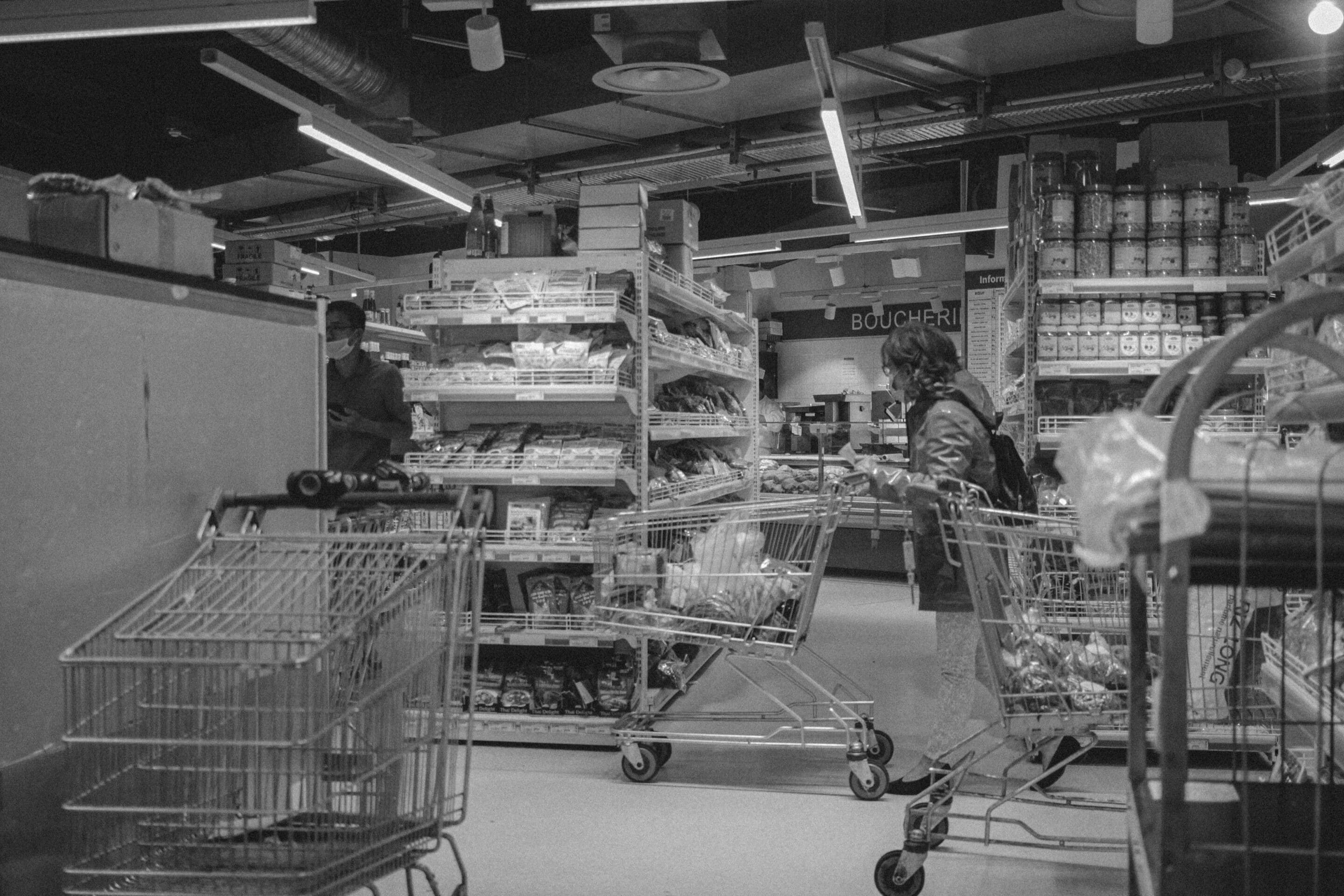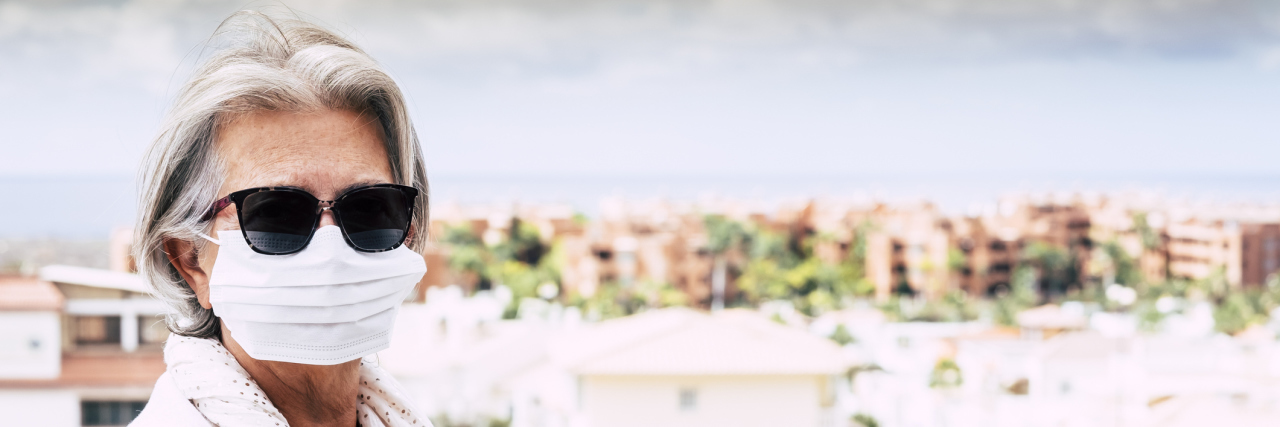The “Nightmare” of Social Distancing for the Visually Impaired
Forbes magazine recently published an article describing social distancing as a “nightmare” for blind people. In this unprecedented era of COVID-19, most people depend on their vision to maintain a safe distance from other individuals, to avoid crowds, and to see whether others in their vicinity are wearing face masks. The visually impaired are at an inherent disadvantage when it comes to social distancing. Moreover, many blind people depend on their sense of touch to navigate safely, whether that means holding the elbow of a guide or reading directional signs in braille. In the current environment, these methods may actually increase risk of exposure to the coronavirus, putting blind and partially-sighted individuals in a seemingly impossible predicament.
Vision loss on its own can be extremely isolating, and the effects of the COVID-19 pandemic have compounded the challenges already facing the blind and visually impaired. Yet, as with so many aspects of life, from adversity often springs resiliency, creativity, and ingenuity. Today, we would like to share with you some techniques and tools for social distancing when you can’t depend on your vision, and a few firsthand accounts of what it means to navigate the world as a blind person during a pandemic.
Social Distancing Techniques for the Blind and Visually Impaired
Social distancing should not mean social isolation. With social distancing becoming the new normal for the foreseeable future, finding techniques that work for you are imperative to adapting and thriving in the midst of our global health crisis.
Depending on your level of vision loss and other factors, some of these suggestions may be more appropriate than others. You may want to try a few different approaches until you find the most comfortable and most efficient techniques.
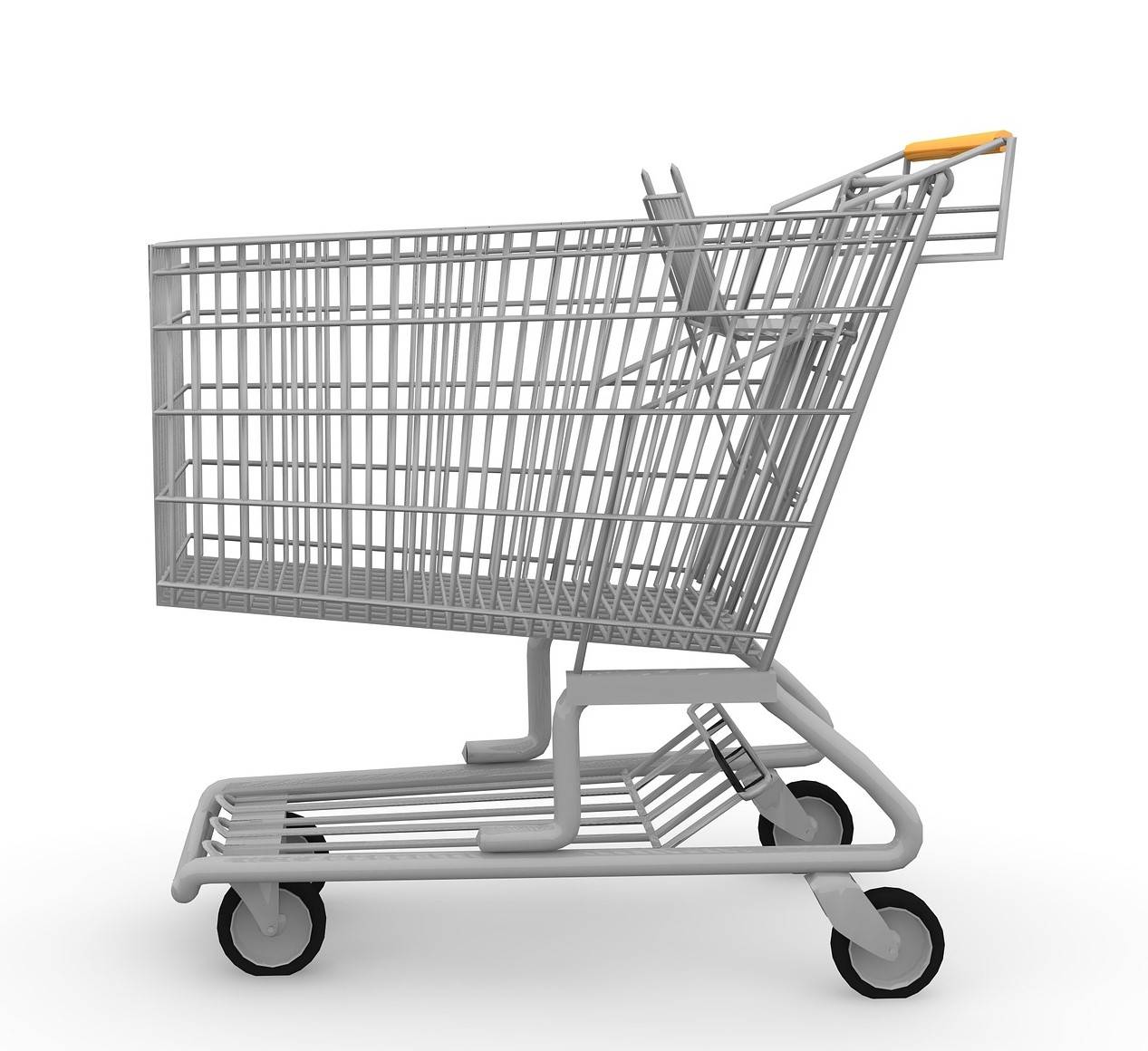
For reference: Six feet, or the recommended distancing guideline to prevent disease spread, is approximately equal to the length of two full-size shopping carts.
- Let people know about your eye condition, for your safety and theirs. This can be done verbally, and/or symbolically (by using a white cane, for example). If you sense that someone is too close, tell them you have a visual impairment. Likely they will either move away to keep the proper distance, or you will be able to judge their distance by the sound of their voice when they answer.
- Ask for verbal cues from others. For example, when at a store, ask a fellow shopper to let you know when you can move up in the line.
- Shop during off-peak hours.
- Most stores have markers and signage to help enforce social distancing rules. For stores that you frequent, talk to the manager about putting up large-print, high contrast signs.
- When walking on the sidewalk, keep to the inside of the
- If using public transportation, call ahead to ask about new protocols and/or new layouts so know what to expect.
- And don’t forget, every time you leave the house, wear a mask and bring hand wipes and sanitizer with you. Keep these essentials in a small box or bag in your entryway so that they are always ready to go.
Bonus: If your are spending more time at home and looking for ways to stay active and engaged, check out this blog post by the World Services for the Blind. You can also find more COVID-19 resources for the blind and visually impaired on our blog.
Tools for Social Distancing When You Can’t Depend on Your Sight
“Blindness is a physical characteristic, that with the right approach and with the right kinds of training in dealing with the situations you meet in your daily life, blindness can be reduced to a matter of nuisance value.”
Thomas Bickford, Care and Feeding of the Long White Cane: Instructions in Cane Travel for Blind People

There are many different tools to help you safely navigate and maintain the recommended distance from other people while also preserving your independence.
- White cane. White canes are available for free from the National Federation of the Blind, which also published a free instructional guide on using a white cane.
- Remote and virtual orientation and mobility services.
- High visibility vest, t-shirt or badge.
- Hidden disability face mask and/or lanyard.
- Ramble tag (designed to be worn on the upper arm as an alternative to linking or holding arms).
- Handheld or Wearable Technology:
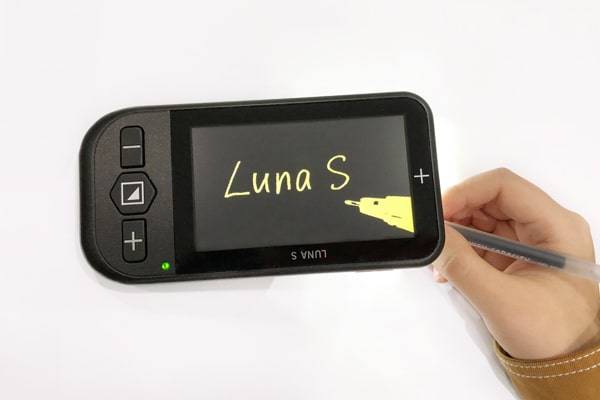
At only $366, the all new Luna S by Zoomax is a great entry-level portable magnifier with excellent image quality and bonus features, like voice activation.
An excellent “entry-level” portable magnifier, the Luna S is easy-to-use, lightweight, and durable. Luna was designed to perform on-the-go, with no glare, distortion, or blur. Take it with you to the store to view products on the shelf. You can even use the “freeze frame” button to capture an image, which works great for items that are slightly out of reach — allowing you to look before you touch. Price: $366.
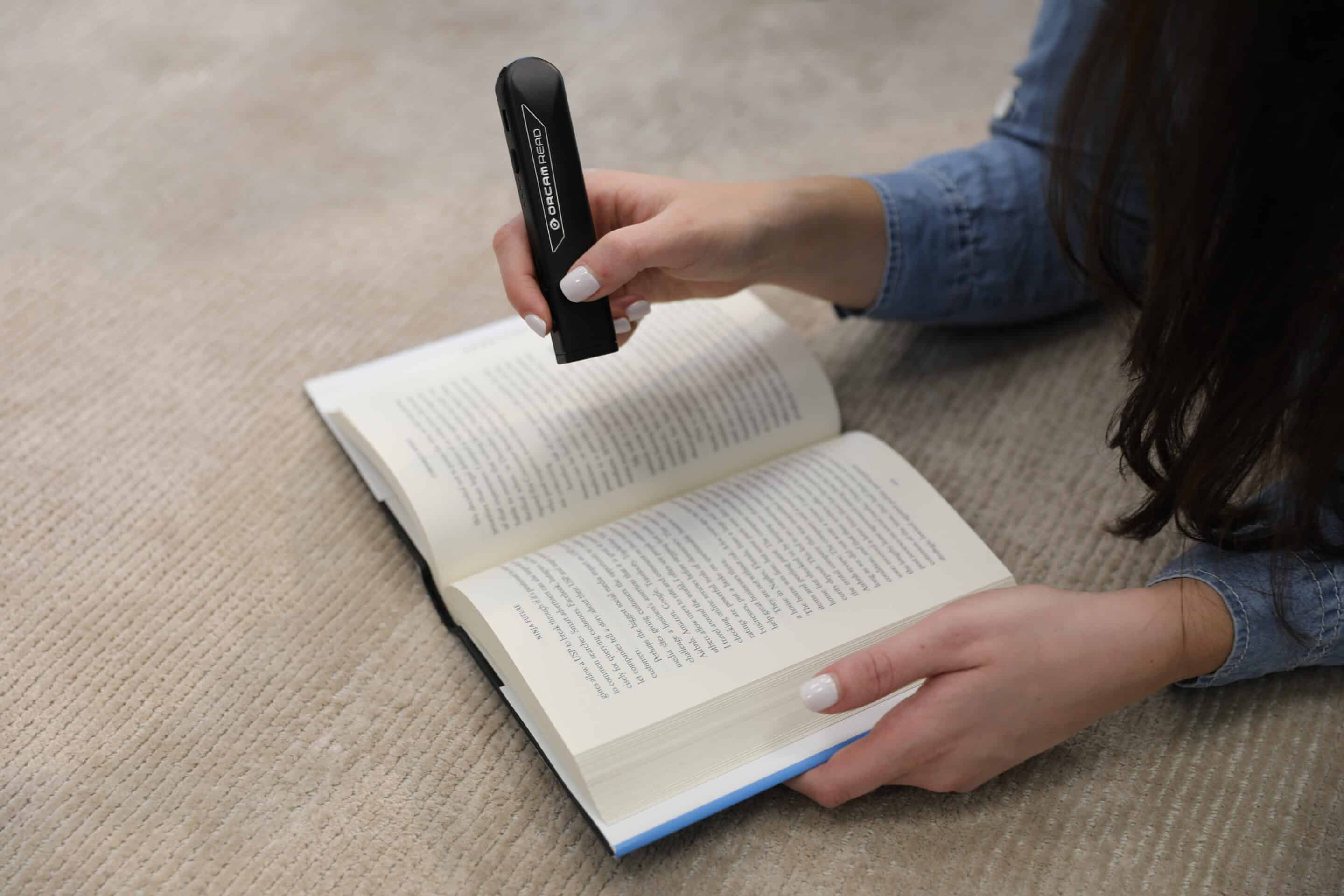
To choose the right tools, it’s important to keep in mind what’s most important: safety (for yourself and those around you), staying active and socially engaged, and maintaining your independence as much as possible. With social distancing quickly becoming embedded in the fabric of our society, researching, identifying and selecting the right tools is a wise investment for your health and well-being.
Real Life Stories
The difficulties of adjusting to the “new normal” that is life during a global pandemic are seemingly endless, especially for individuals with disabilities. In interviews with the BBC, UK residents have remarked that the pandemic has “knocked back” their sense of independence, causing them to rely on strangers to socially distance for them, to provide guidance on new layouts and procedures at formerly familiar locations, and to help with chores like delivering groceries and taking guide dogs out for daily walks. Kate Katulak, Associate Director of College Success at Perkins School for the Blind, commented on how museums, gyms, and other organizations are bringing programming online, yet many of these activities remain inaccessible to blind and low vision patrons. And on Reddit, there are conversations about how face masks can interfere with navigation for those with partial vision.
Despite these real challenges, there are also numerous successes. Through the upheaval caused by COVID-19, there is a thread of resiliency. People quickly learn what works and what doesn’t, and they adapt accordingly.

Paralympian David Brown, left, with his guide, Jerome Avery (Source: Washington Post)
David Brown, the world’s fastest blind sprinter, and his sighted guide Jerome Avery have been forced to alter their training regimen for the 2021 Tokyo Paralympics. When the pandemic first hit, Brown was self-isolating. Unable to work with Avery, he decided to focus his energies on endurance training through stationary biking and jumping rope. Whereas they would typically sprint in unison using a looped string, they now train at a safe distance, with Avery giving verbal cues or clapping to guide Brown down the track.
Certified Orientation & Mobility Specialist Mike Mulligan demonstrates how Sunu Band is a great tool for social distancing while waiting in line. It tells you when the person in front of you is moving up in line, and if you are getting too close to that person.
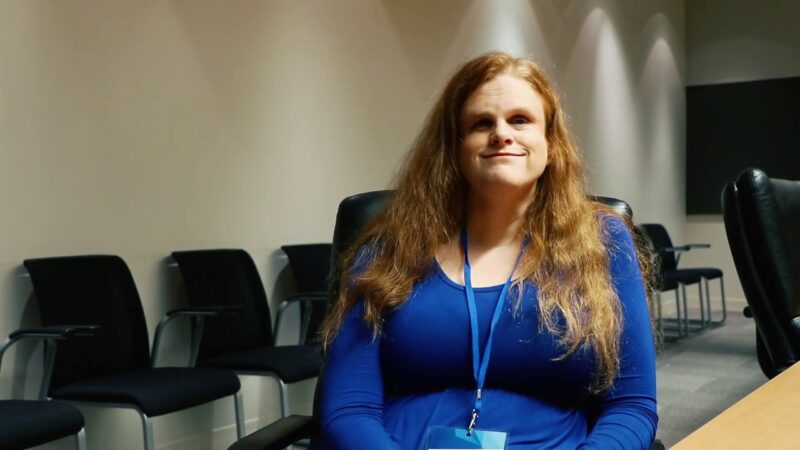
Sassy Outwater-Wright, Executive Director of the Massachusetts Association for the Blind and Visually Impaired, has taken a proactive approach to raising awareness about food access for the blind and visually impaired during the pandemic, urging store managers to improve accessibility and fellow shoppers to show kindness and compassion to those around them. And, she has also made the best of the reality of being homebound for a time. “I have a giant pile of books I’ve wanted to get through, lots of household projects I’ve been waiting for the right time to tackle, and I’m a nonprofit director; catching up on some long overdue sleep is always a priority. I call it ‘quarcation’ and am enjoying the quiet time,” she said. As with most cases, attitude is everything.
In her article on The Mighty, Author Nancy Scott discovers little joys as a blind person navigating daily life during the pandemic — basking in the sunshine while waiting in line with a friend outside a grocery store, attempting to visit a drive-through twice (first course chai tea, second course donuts), learning about the latest news and developments from NASA, and rediscovering her CD collection. She sums it up perfectly in her own philosophical anecdote: “Disasters exacerbate people’s inabilities. And we are all only as successful as our support systems. And sometimes, Terry brings little lobster rolls from the Dollar Store just because she can.”
And the list goes on…
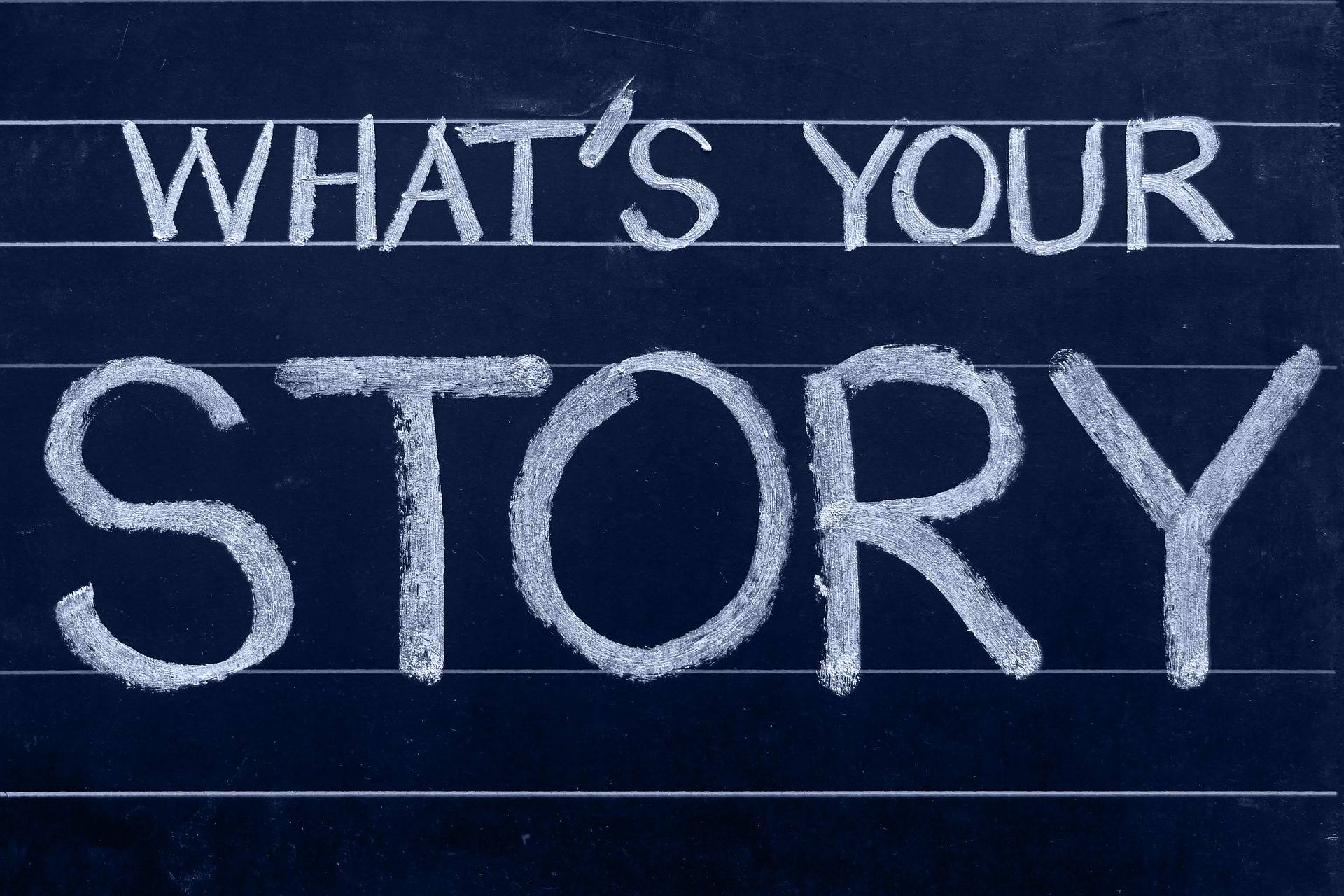
Surely, each situation is unique, and solutions promoting independence for the visually impaired during a pandemic must be thoughtful, thorough and flexible. We hope some of the tips and stories shared here are helpful, but we also want to hear your ideas. We are always eager to learn from our readers about what challenges they or their loved ones face due to vision loss, and what tools they have found most helpful. And we hope that by continuing the conversation, we can raise awareness of what it means to be visually impaired in the age of social distancing. So we encourage you to chime in. Let’s all support each other on the path toward greater independence, both now and into the future.
Last updated: Dec. 27, 2023.
Sources: Henshaws (https://www.henshaws.org.uk/top-tips-for-social-distancing-if-you-are-blind-or-visually-impaired/), Lighthouse Guild (https://www.lighthouseguild.org/newsroom/how-people-who-are-blind-or-have-low-vision-can-safely-practice-social-distancing-during-covid-19/)


